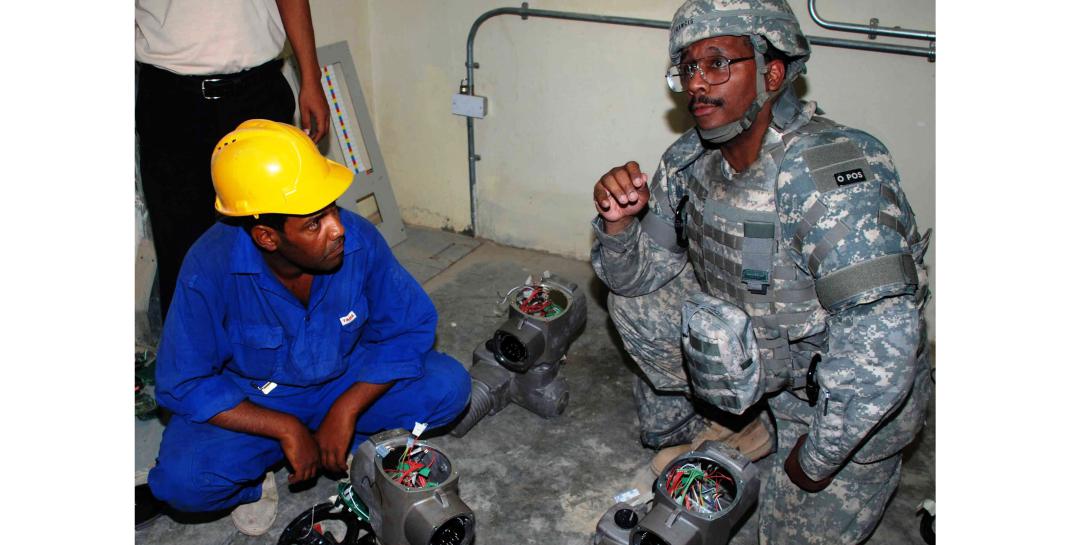Army Engineers Aim for Digital Mobility
Known mostly for its large-scale physical projects, the Army Corps of Engineers is erecting a digital infostructure to allow it to engage in operations in a host of different settings. What will be a mobile Corps of Engineers will rely on many top-shelf information technologies, including zero trust.
This effort was described by Dovarius Peoples, chief information officer (CIO) of the Corps, on the opening day of the three-day AFCEA Belvoir Industry Days conference at the Gaylord National Resort & Conference Center, National Harbor, Maryland, November 3-5, 2021. Peoples emphasized that the Corps of Engineers is modernizing its digital systems “on a totally different level,” and it will need help from industry and partners throughout the federal government. “We have a process and an idea, and we’re looking to help bring that idea to life,” he said.
Peoples described three critical mission lines: operational technology; military construction, which includes disaster relief missions; and the civil mission, such as levees and dams. The challenge is to modernize information technology without hindering operational technology.
“The goal of the Corps of Engineers is to be a mobile workforce standing on the premises of data,” he declared.
This effort comprises several key initiatives. At the top of the list is asset classification and risk assessment for information technology and operational technology assets. This involves understanding what and where threats are, and the Corps is assembling an assessment team that can provide both a governance perspective and an execution perspective, he pointed out.
Zero trust is another initiative. “It’s not just a buzzword within the Corps of Engineers, we are actually beginning to operationally deploy it,” Peoples reported. The focus is on ensuring that those who need access will have it while the data is properly secured. The Corps will have a zero-trust capability contract requirement for cybersecurity service providers.
Other initiatives include having offices that are enabled for Wi-Fi and 5G. Several facilities already have 5G, and the Corps is assessing how it can be incorporated into navigation, dredging and hydro-power.
The Corps also is standing up its own hybrid cloud initiative for enhanced security control and system performance improvement. Peoples allows that the Corps will be able to flatten its data centers, which it has done with 20 centers over the last fiscal year. It’s two primary data centers are in Vicksburg, Mississippi, and Portland, Oregon, but these are not the most optical locations, he noted. The hybrid cloud initiative will enable the Corps to centrally locate the primary data centers—“cloud smart, not just cloud ready,” he said.
Investments in infrastructure are building an Active-Active-Active architecture with enough redundancy to reduce downtime from unacceptable levels, Peoples stated. He added that when he took over as CIO, the average downtime per week was 128 hours. “We would like to be able to patch the network, be able to do the mission-critical things we need to do without downtime.”
But one of the key foundational building blocks of these efforts is an Incident Response Playbook, he says. “We have to have a solid incident playbook that spans the entire landscape and platform. We have begun to deploy that, working closely with our integrated partners that are assisting,” he allowed, adding that the Corps of Engineers continues to look for new ways to implement it.
“My expectation from the Corps of Engineers perspective is to enable the workforce that, if you never want to go into the office, you don’t have to,” he stated. “Wherever you are in the world, you should always be connected.”





Comments